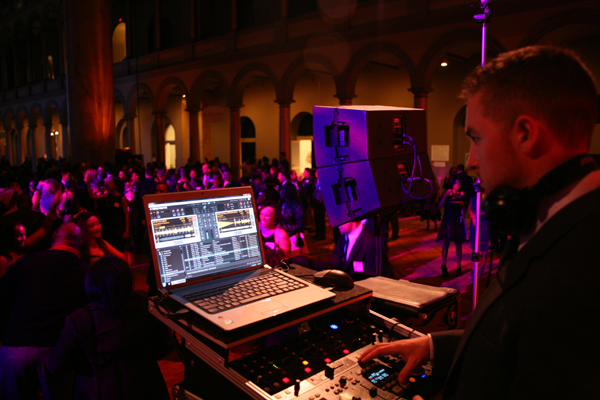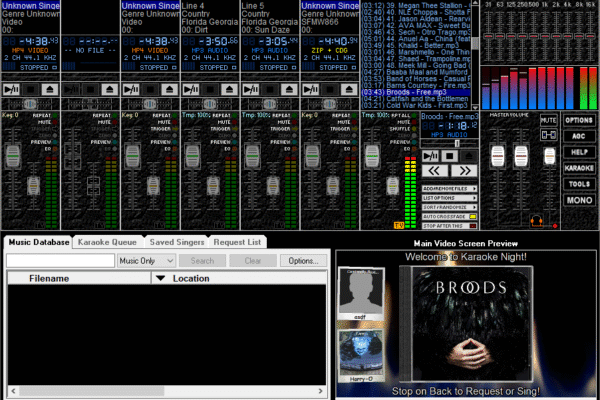Transforming Retail Spaces: Interior Design Trends in Malaysia
The Importance of Retail Shop Interior Design in Malaysia
In Malaysia’s competitive retail landscape, first impressions can determine a store’s success. With growing urbanization, shopping centers, boutiques retail shop interior design malaysia, and lifestyle malls are booming, creating intense competition among brands. One of the most effective ways to stand out is through strategic and visually appealing interior design. A well-designed retail space enhances customer experience, drives sales, and strengthens brand identity.
Retail shop interior design in Malaysia has evolved to blend cultural elements, modern aesthetics, and consumer psychology. Retailers are now investing in immersive environments that offer more than just a product—they deliver an experience.
Understanding the Malaysian Retail Customer
Diverse Cultural Influences
Malaysia’s multiracial population influences retail preferences and aesthetics. Retail spaces must be adaptable to meet the expectations of Malays, Chinese, Indians, and other ethnic groups, each with their own visual preferences and shopping behaviors.
Emphasis on Social Media Appeal
Today’s consumers are highly visual and digitally connected. Malaysian retailers increasingly design their spaces to be “Instagram-worthy,” with photo booths, murals, and creative decor that invite customers to share their experiences online.
Shift to Experience-Based Retail
Malaysians now seek interactive and personalized shopping experiences. Interior design must support this by integrating tech-friendly layouts, comfortable waiting areas, and engaging display strategies.
Key Design Elements in Malaysian Retail Interiors
Lighting
Lighting affects both mood and product visibility. Designers in Malaysia use:
- Warm ambient lighting for luxury stores
- Cool white light for tech and convenience shops
- Spotlights to highlight new arrivals or promotional zones
Store Layout
Layouts can be customized based on the target demographic. Common options include:
- Grid Layout: For convenience and grocery stores
- Free-Flow Layout: For boutiques and lifestyle shops
- Loop Layout: Encourages shoppers to move through the entire store
Display Fixtures
Product presentation must be strategic:
- Modular shelving for flexibility
- Pegboards and wall hooks for small items
- Transparent displays to keep the space feeling open
Color Scheme
Colors influence purchasing behavior. In Malaysia:
- Red and gold are popular in Chinese-oriented stores for prosperity
- Green and earth tones work well in eco-conscious retail
- Monochrome and pastels appeal to urban millennials
Popular Interior Styles in Malaysian Retail Design
Contemporary Minimalism
Ideal for high-end fashion and electronics retailers, this style focuses on clean lines, minimal décor, and elegant lighting. The aim is to let the product shine.
Traditional Fusion
For businesses that cater to heritage or artisanal products, this style blends Malay wood carvings, batik patterns, or Indian motifs with modern shelving.
Urban Industrial
Exposed brick, metal piping, and concrete flooring create a rugged yet trendy look. This is common in cafes, streetwear shops, and indie bookstores.
Incorporating Technology in Retail Spaces
Modern Malaysian shops are integrating digital features into their interiors:
- Digital signage for real-time promotions
- QR codes on products for information and reviews
- Interactive mirrors in fashion stores
Budgeting for Retail Interior Design
A typical retail shop design in Malaysia can cost:
- Small boutique: RM30,000 – RM60,000
- Mid-sized shop: RM80,000 – RM150,000
- Large flagship store: RM200,000 and above
Costs cover materials, custom fixtures, lighting, design consultation, and labor.
Local Designers and Fit-Out Contractors
Some notable Malaysian firms specializing in retail interior design include:
- UnitOne Design
- Nu Infinity
- O2 Design Atelier
Working with professionals ensures regulatory compliance, brand alignment, and quality craftsmanship.
Compliance and Permits
Before beginning a renovation or interior design project:
- Ensure the tenancy agreement allows modifications
- Submit plans to the local city council or mall management
- Adhere to fire safety and disabled access guidelines
Final Thoughts
Retail shop interior design in Malaysia is about merging branding, customer psychology, and spatial efficiency. A successful store design reflects its identity, attracts walk-in traffic, and boosts product discovery. As retail continues to evolve, those who invest in quality design will remain ahead of the competition.


